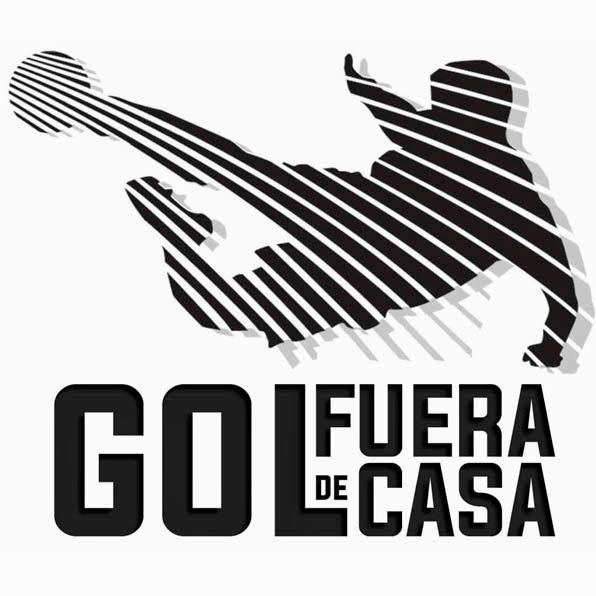Hello, today we're going to talk about a Spanish player who is succeeding outside his country, scoring goals away from home, we refer to Juan Bernat Velasco (Valencia, 01/03/1993), better known as Bernat.
His story starts in 2000 when he joined the ranks at Valencia FC participating on each category’s matches until 2011, taking part of the first team’s preseason. Officially debuting on August 27th, 2011 against Racing Santander, with coach Unai Emery. His progress was so extraordinary, on the season 2013-2014 in which, with only 20 years, the coach Miroslav Djukic decided to have him, holding his natural position from left end and making him left side.
His feature made him undisputed starter, fast player and agile, who sacrifices himself for his team in every game and with a dangerous lefty in middle-distance shots. Adding this to the great season he made, caused many teams across Europe to be attracted on him. Finally, on August 7th, 2014, was officially made his move to FC Bayern Munich, a German team led by Pep Guardiola. The hiring contract for 5 seasons cost the Bavarians EUR 11 millions, which caused controversy in the German media sports, saying that he was a young player in order to play for one of the best teams in Europe.

However, nowadays Bernat is the only outfield player that has played in every game, being substitute only three times in all competitions contested by his team, the Bundesliga, Champions League, DFB-Pokal (German Cup) and DFL-Supercup (German Supercup).
According to his career in the national team, Bernat has played in each of the lower categories since 2008 when he debuted with the senior team on October 12th, 2014 , scoring a goal against Luxembourg.
From our blog we wanted to give you the knowledge of this great player, that certainly will be talking about in the coming years and will feature prominently in both the triumphs of his team and the national team.














